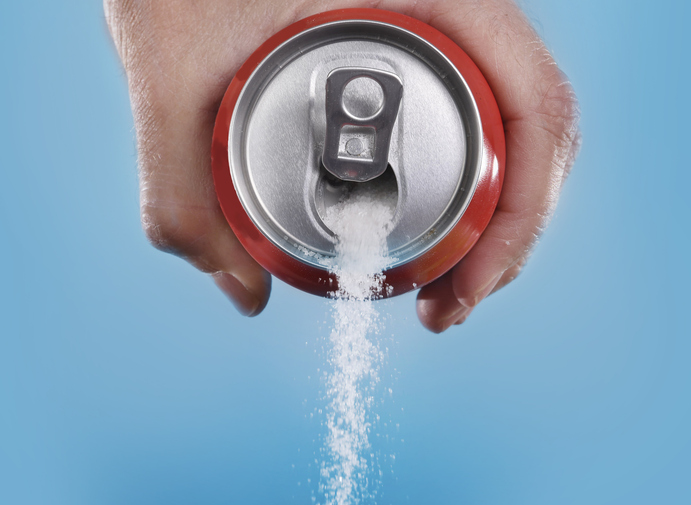
Among mothers with diabetes, elevated maternal glucose levels and a high body mass index (BMI) are risk factors in stillbirth, according to a study published in Diabetologia.
In a retrospective cohort study, researchers linked data from maternity records in the Scottish Morbidity Record 02 (SMR02) database and the national diabetes database to evaluate single births among 3,778 mothers with type 1 diabetes ad 1,614 mothers with type 2 diabetes who have birth between April 1998 and June 2016. HbA1c data were assessed according to pregnancy stages, and the pre-pregnancy period in this study was defined as six months prior to the estimated conception date. Mother’s BMI rates were collected from routine diabetes clinic appointments and were included in this study as the last BMI reading taken six months prior to pregnancy.
Following data analysis, which was performed using Statistical Analysis Software (SAS) the findings of this study showed that stillbirth rates were 16.1 (95% CI ,12.4 to 20.8) and 22.9 (95% CI 16.4 to 31.8) per 1,000 births among women with type 1 and type 2 diabetes respectively. In women with type 1 diabetes, the determining factor for stillbirth was higher higher HbA1c before pregnancy (OR 1.03 [95% CI 1.01, 1.04]; p = 0.0003) and in later pregnancy (OR 1.06 [95% CI 1.04, 1.08]; p < 0.0001), while in women with type 2 diabetes, stillbirth risk was linked with higher maternal BMI (OR 1.07 [95% CI 1.01, 1.14]; p = 0.02) and pre-pregnancy HbA1c (OR 1.02 [95% CI 1.00, 1.04]; p = 0.016).
Stillbirth Pregnancies Remain ‘Hard to Predict’
Moreover, higher infant weight indicated an increased risk of stillbirth as infants with birthweights <10th centile (six-fold higher born to women with type 1 diabetes [n = 5 stillbirths, 67 livebirths]; threefold higher for women with type 2 diabetes when juxtaposed with those in the 10th–90th centile (n = 20 stillbirths, 1,685 livebirths). Risk was twofold higher in infants with birthweights >95th centile born to women with type 2 diabetes (n = 15 stillbirths, 402 livebirths). A high proportion of stillborn infants were male among mothers with type 2 diabetes (81.1% vs 50.5% livebirths, p = 0.0002). A third of stillbirths occurred at term, with highest rates in the 38th week (7.0 [95% CI 3.7, 12.9] per 1000 ongoing pregnancies) among mothers with type 1 diabetes and in the 39th week (9.3 [95% CI 2.4, 29.2]) for type 2 diabetes.
High blood sugar levels and BMI linked to stillbirth in mothers with diabetes @EASDnews https://t.co/FzMQnoLM6a
— Diabetologia (@DiabetologiaJnl) July 30, 2019
In concluding their findings, the study authors noted that while glucose levels and BMI play a factor in stillbirth risk, “there is significant overlap in values between live and stillborn groups making it difficult to predict exactly which pregnancies will end in stillbirth.”
They added that “methods of supporting women to improve blood glucose levels in pregnancy along with programs to optimize weight before pregnancy may help reduce stillbirth rates but are often challenging to implement successfully. Mortality risks are highest in infants born SGA, but large infants are also at increased risk. Stillbirth rate remains high at term in women with diabetes in our population, and until more accurate prediction of at-risk pregnancies is available, earlier delivery may be considered an attractive option.”
Maternal blood glucose, BMI linked to stillbirth risk in #diabetes before pregnancy https://t.co/nimcTsGeow
— Endocrine Today (@EndocrineToday) July 30, 2019
Diabetic women need more support after study into stillbirth risk, say experts https://t.co/nVFpaQ5CXz
— The Independent (@Independent) July 30, 2019







 © 2025 Mashup Media, LLC, a Formedics Property. All Rights Reserved.
© 2025 Mashup Media, LLC, a Formedics Property. All Rights Reserved.